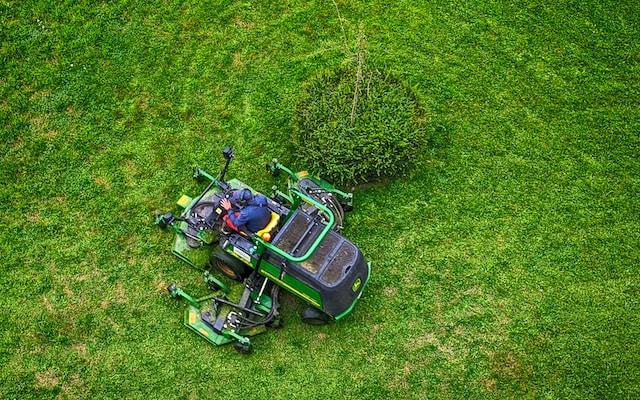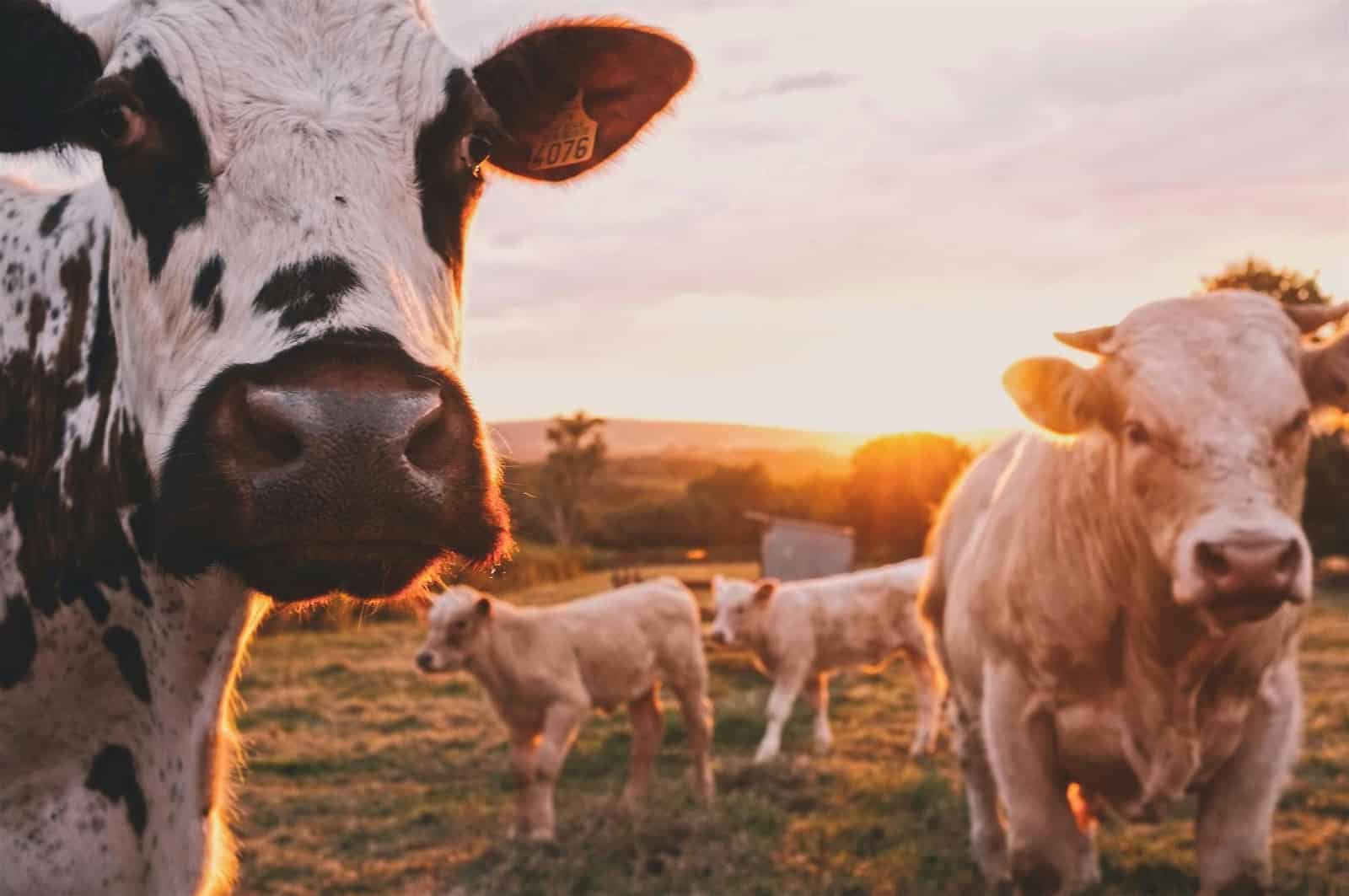Every time you step outdoors, having a lush green lawn that your neighbors are envious of can make you feel fabulous. It looks beautiful, it improves your curb appeal, and it can make you happy. But that could not be what you’re seeing outside, which is why you’re reading this.
You may have thought you had succeeded in cultivating a beautiful lawn, only to discover dead, brown blotches. Alternatively, you may have only recently realized that your grass has deteriorated and requires professional assistance.
In the more extraordinary, wetter circumstances that surround us in the fall, grass seed germinates nicely. This gives the new root systems ahead starts in soil that is still warm enough for growth.
Spending a little extra effort in September and October revitalizing your lawn will leave your yard looking new and lush, and your neighbors will be asking for lawn tips come spring. You may need to replace your turf in certain extreme cases. The steps to rejuvenating a dead lawn are outlined here.
Table of Contents
What Are The Causes Of Dead Lawn?
You may want to lay down new sod or start a new strategy to rejuvenate your lawn when your grass gets brown and dry, either on parts of your lawn or over the entire region. However, if you want your new lawn to last, you must first figure out why your previous lawn died.
You can find yourself staring at another dead lawn shortly if you don’t address what went wrong. There are several frequent reasons for dead patches or dead lawns, and determining which one is to blame for your dead lawn may take some detective work.
There is a significant distinction between dead grass and a dormant lawn. Pulling on the blades of your grass is an easy way to test it. Take a bunch of grass and gently pull it apart.
If the plant quickly emerges from the earth, it is most likely already dead. If getting the clump of grass out of the dirt requires some effort, your lawn is most likely dormant.
Determine The Right Turf Type
There are many distinct types of turfgrass, and not all of them are suitable for every temperature and soil type. It’s possible that if you plant a turfy type that isn’t appropriate for your climate or landscape, it won’t last.
The first thing to look into is whether or not your turf grass kind is suitable for your climate zone. If you cultivate a grass variety that isn’t appropriate to your climate, your grass may die during the season in which it is least adapted.
Prepare The Area
You must first prepare the location before installing a new lawn. To kill weeds and any remaining old grass, use a non-selective herbicide. Most herbicides require two hours to dry before they are rain-proof, so apply your herbicide on a dry, sunny day with low wind.
Avoiding windy days will prevent the herbicide from being dispersed accidently where it isn’t wanted. Allow a week for the pesticide to kill all weeds and grass before moving on to the next phase.
If you’re attempting to figure out how to make dead grass grow again, the first step is to contact a specialist.
Insulate The Soil Through Dethatch
Between the soil’s surface and the grass blades is a layer of decomposing material known as thatch. It’s excellent to have a little thatch. It aids in soil insulation and moisture preservation.
However, more than a half-inch of thatch can suffocate the roots, making it difficult for them to acquire water, oxygen, and nutrients. The majority of lawn retailers rent vertical mowers for dethatching grass. If you’re only dethatching a limited area, a sharp dethatching rake would be a better option.
Plants that are alive, such as grass, use their roots to anchor themselves in the earth. The roots of dead plants are no longer able to hold the earth.
Dead grass must be resodded to repair your lawn. Dormant grass can be rejuvenated with a little TLC. If your lawn has distinct sections of green and brown, the brown or pale areas are most likely dead and need to be resodded. After all, dead grass can’t be brought back to life.
Use Tested Fertilizers
To prepare the soil for fresh sod or grass seed, you must first analyze the nutrient levels and make necessary adjustments to produce the optimal habitat for new grass. Taking a sample to your local Extension Office for testing is the best approach to discover what your soil requires.
Many offices demand a low fee and provide results in a matter of days. Because they frequently include fertilization advice, results from an Extension Office are often more beneficial than at-home tests. Once you’ve determined your soil requirements, head to your local garden store and get the appropriate fertilizer for your grass.
Maintain The Lawn Timely After New Planting
Water the soil periodically after planting, but only enough to keep it moist, not waterlogged. Reduce the frequency of watering while increasing the volume as the lawn establishes itself. When you pull on the grass, it doesn’t seem like it’s pulling away from the ground, which indicates that it’s well established.
It’s also crucial to keep the lawn calm throughout this period. Mow only when the grass has grown to one-and-a-half times its acceptable height and avoid foot traffic. Then, to avoid cutting more than one-third of the blade off, raise the mower’s height. Reduce the height of the blade over several mowing until you reach the desired height.
Regardless of which choice you select, it is critical to maintain your lawn to keep it from becoming brown or dying.





